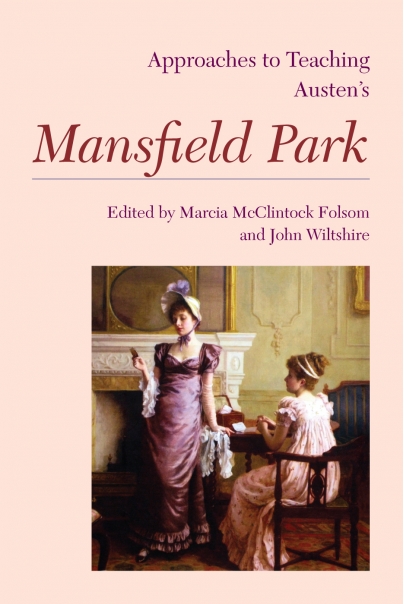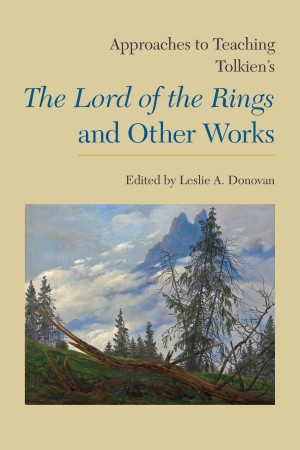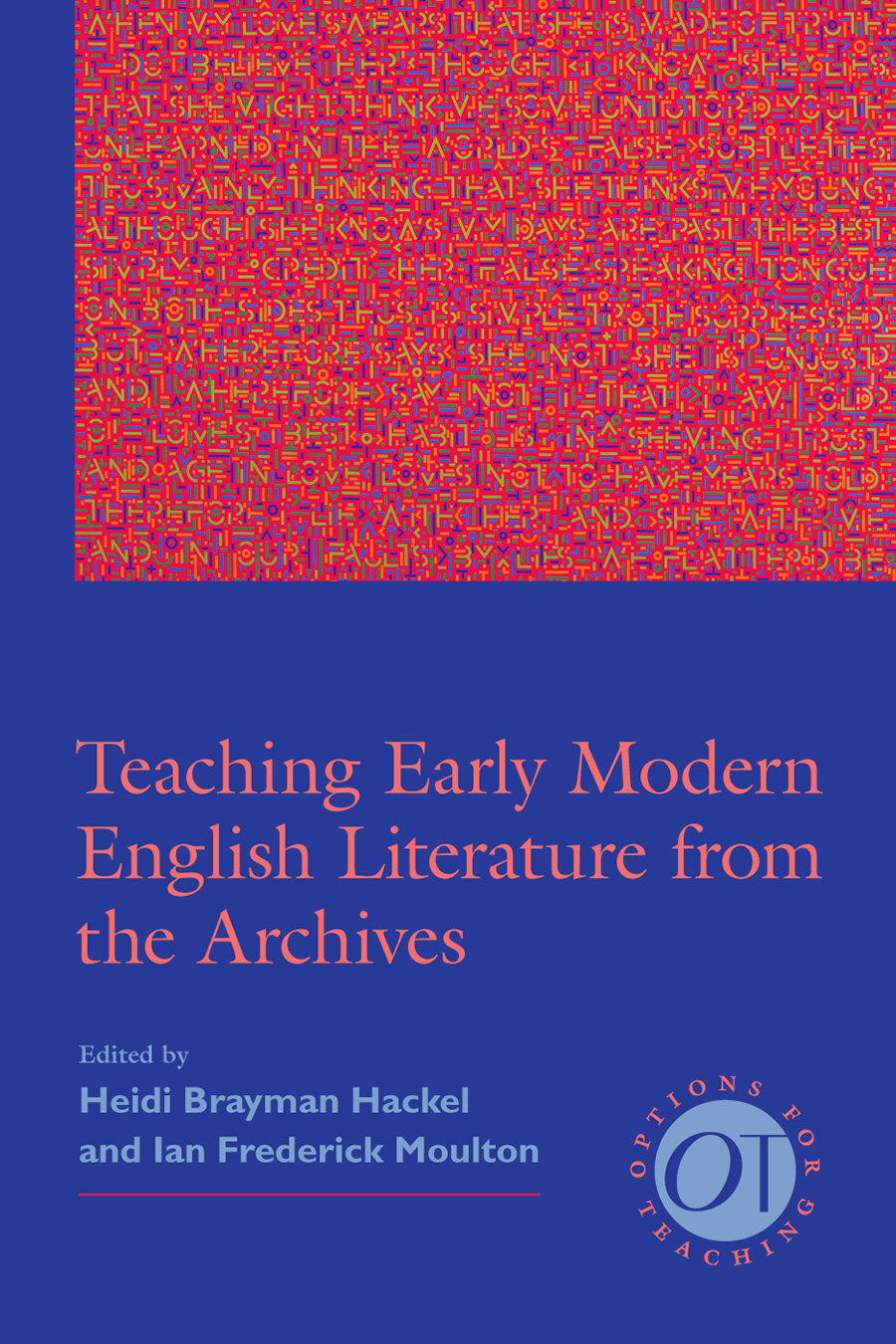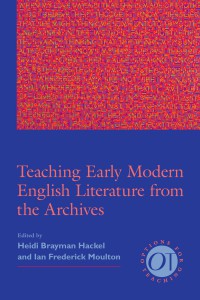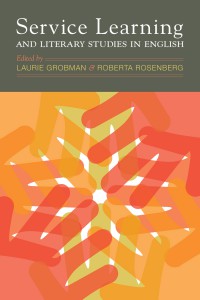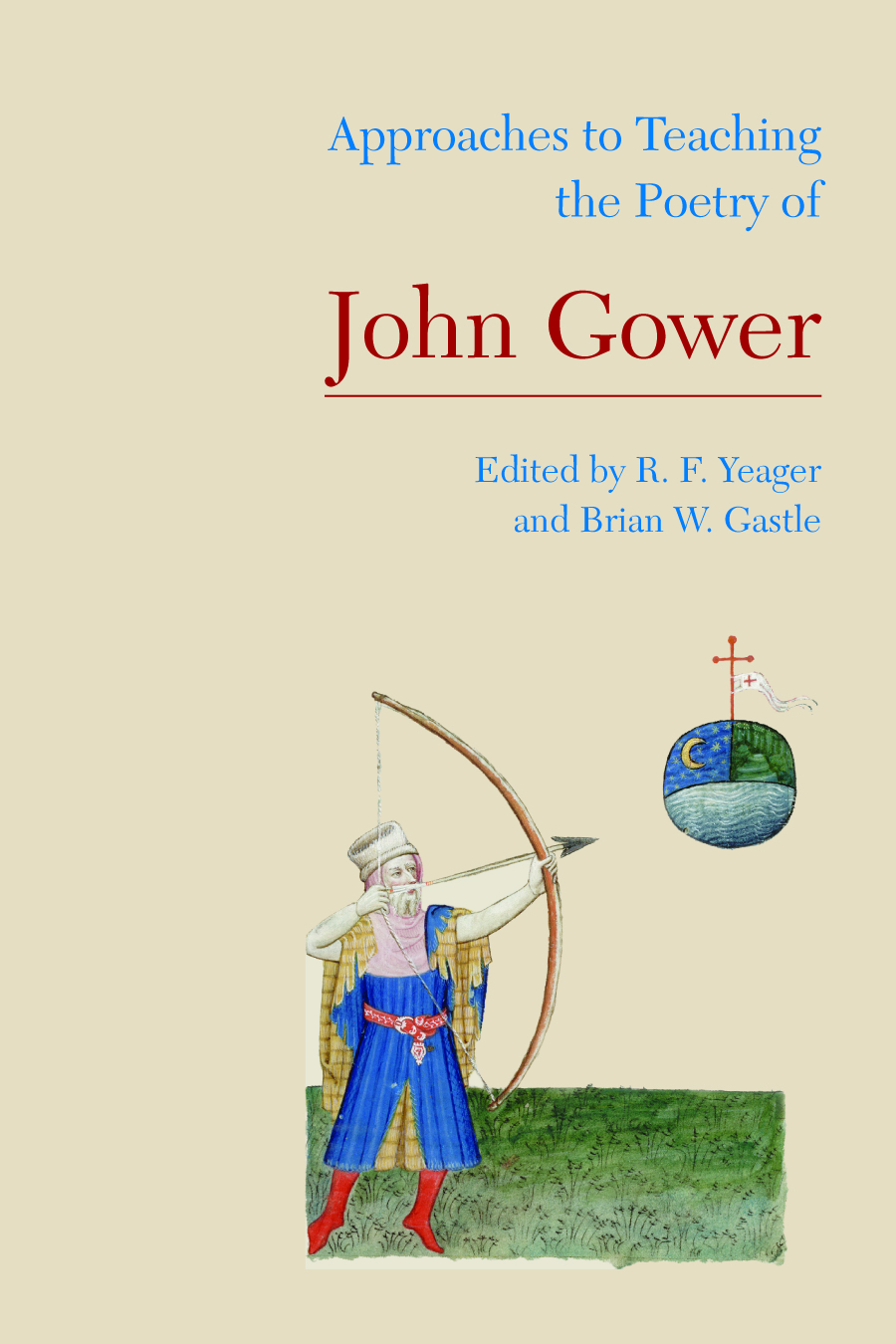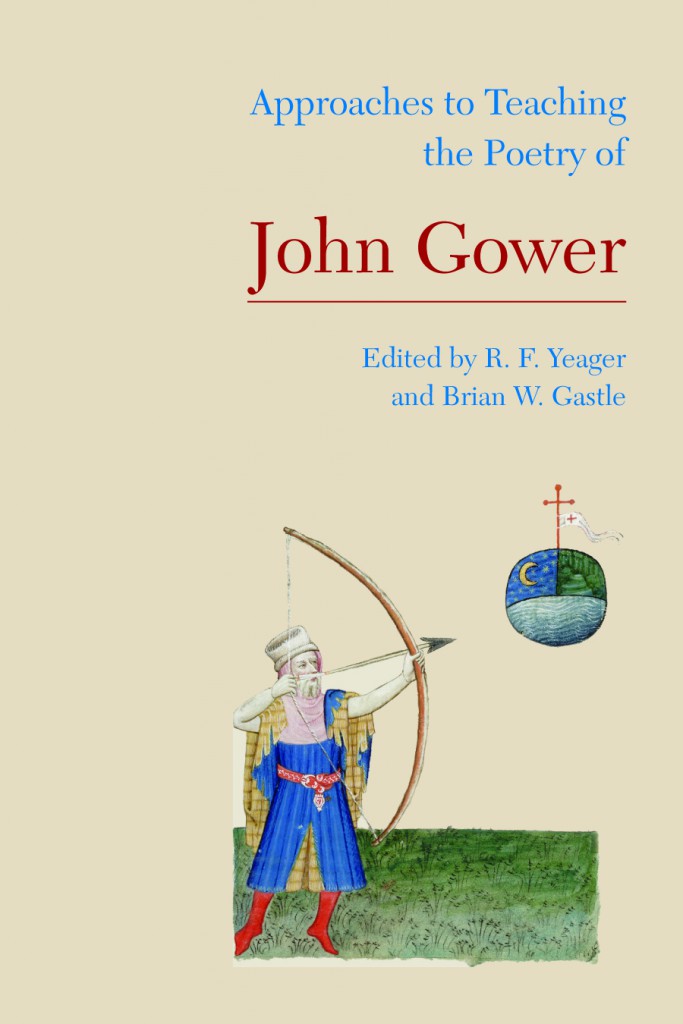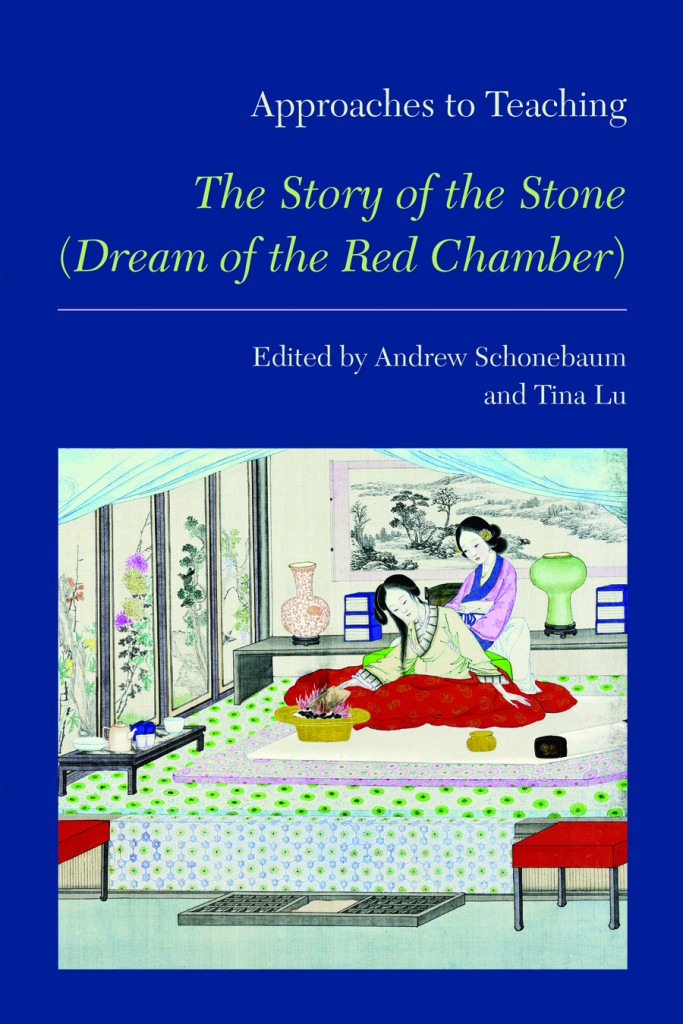Approaches to Teaching Sand’s Indiana
This volume on Sand’s Indiana is greatly needed not only because the novel is widely taught but also because it could be taught better—and this volume provides exciting new insight for teaching it.
— Annabelle Rea, Occidental College
Indiana, George Sand’s first solo novel, opens with the eponymous heroine brooding and bored in her husband’s French countryside estate, far from her native Île Bourbon (now Réunion). Written in 1832, the novel appeared during a period of French history marked by revolution and regime change, civil unrest and labor concerns, and slave revolts and the abolitionist movement, when women faced rigid social constraints and had limited rights within the institution of marriage. With this politically charged history serving as a backdrop for the novel, Sand brings together Romanticism, realism, and the idealism that would characterize her work, presenting what was deemed by her contemporaries a faithful and candid representation of nineteenth-century France.
This volume gathers pedagogical essays that will enhance the teaching of Indiana and contribute to students’ understanding and appreciation of the novel. The first part gives an overview of editions and translations of the novel and recommends useful background readings. Contributors to the second part present various approaches to the novel, focusing on four themes: modes of literary narration, gender and feminism, slavery and colonialism, and historical and political upheaval. Each essay offers a fresh perspective on Indiana, suited not only to courses on French Romanticism and realism but also to interdisciplinary discussions of French colonial history or law.
Volume editors
David A. Powell
Pratima Prasad
Contributors
James Smith Allen, Christopher Bains, Carolyn Vellenga Berman, Kathrine Bonin, John T. Booker, Aimée Boutin, Patrick M. Bray, Peter Dayan, Molly Krueger Enz, Nigel Harkness, Doris Kadish, Véronique Machelidon, Shira Malkin, Françoise Massardier-Kenney, Margaret E. McColley, Isabelle Hoog Naginski, Allan H. Pasco, Lynn Penrod, Lauren Pinzka, Charles J. Stivale, Margaret Waller
viii & 219 pp.
Published: 2016
ISBN: 9781603292108 (paperback)
ISBN: 9781603292092 (cloth)
This volume is available in paperback, hardcover, and e-book formats. Visit the MLA bookstore for more information.



